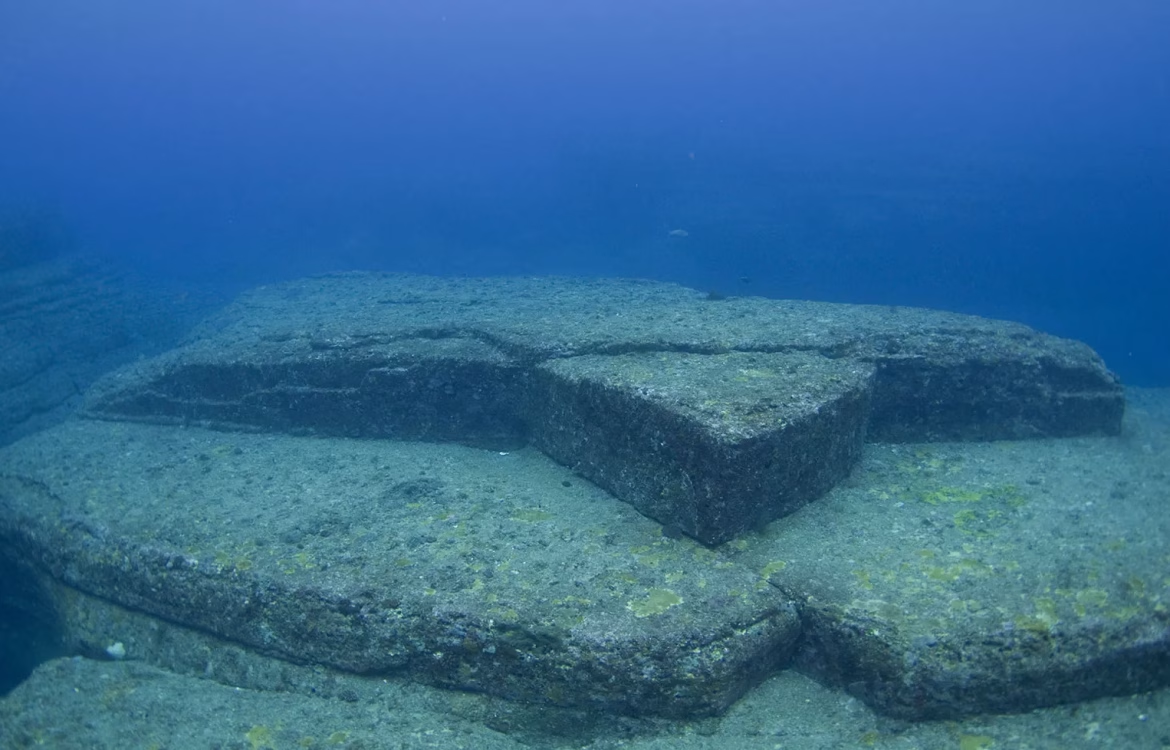From ancient shipwrecks to modern-day horrors, the depths of our oceans, lakes, and rivers hold secrets that range from the mysterious to the downright terrifying. The vastness and darkness of underwater environments create the perfect hiding places for both natural and man-made nightmares. Over the years, divers, scientists, and even casual swimmers have stumbled upon bizarre, gruesome, and eerie discoveries that send chills down our spines.
Here are some of the scariest things ever found in bodies of water—each one a reminder that what lies beneath can be more disturbing than we imagine.
1. Human Remains in the Blue Hole
The Blue Hole in Dahab, Egypt, is renowned as one of the most treacherous dive sites on the Planet. While its deep, sapphire beauty attracts experienced divers from all over the world, it has claimed the lives of over 200 people. What makes this site particularly chilling is that many of those bodies are still down there.
In the “Arch,” a tunnel that opens into the deeper Red Sea, lies a ghostly underwater graveyard. Some divers have captured video footage of skeletal remains in wetsuits—macabre reminders of the treacherous nature of the dive.
2. The Yonaguni Monument
Discovered off the coast of Japan, the Yonaguni Monument is a massive underwater rock formation that resembles man-made ruins—complete with steps, pillars, and terraces. Some believe it to be the remains of an ancient civilization lost to the sea, while others claim it’s just a natural formation.
Regardless of its origin, the eerily symmetrical structure sitting silently 100 feet beneath the waves sparks unsettling thoughts. Was this a city swallowed by the ocean? Did people once live—and die—here?
3. The Underwater River of Cenote Angelita
Deep in the jungles of Mexico, there’s a cenote (a sinkhole filled with water) named Angelita that conceals an eerie underwater river. Divers who descend into this cenote are greeted by what appears to be a murky, flowing river beneath the clear freshwater, complete with its trees and banks.
This “river” is a layer of hydrogen sulfide separating the freshwater from the saltwater below. While not dangerous if avoided, the visual is haunting, like descending into a ghost world beneath our own.
4. The Great Lakes’ Ghost Ships
The Great Lakes in North America are a treasure trove of shipwrecks. Over 6,000 ships have gone down in these freshwater seas, and many of them are incredibly well-preserved due to the cold water temperatures.
Divers exploring these wrecks have encountered eerie, intact vessels with lifeless cabins, scattered personal belongings, and even skeletal remains. In Lake Superior, the wreck of the SS Kamloops was found with the mummified body of a crew member still inside, preserved by the frigid waters.
5. Skeleton Lake (Roopkund Lake), India
At an elevation of over 16,000 feet in the Himalayas lies Roopkund Lake, also known as Skeleton Lake. This small glacial lake becomes clear in the summer, revealing hundreds of human skeletons at its bottom.
Initially baffling, researchers eventually discovered that these remains date back to around 850 AD. All victims appear to have died from blunt force trauma to the head, likely from a sudden, violent hailstorm. The image of so many skeletons surfacing from the icy waters is nothing short of nightmarish.
6. Giant Isopods
Imagine a cockroach; now imagine it’s a foot long, crawling along the ocean floor. That’s a giant isopod—one of the many terrifying creatures found in deep-sea environments. These crustaceans are scavengers, feasting on the remains of dead whales and fish, and they resemble something out of a science fiction horror movie.
Their vast, armored bodies and creepy, probing legs make them some of the scariest-looking creatures to emerge from the ocean depths.
7. The “Blob” of Oregon
In 2003, a mysterious, gelatinous mass washed up on the shores of Oregon. Weighing over 200 pounds, the gooey “blob” baffled scientists and the public alike. While some thought it could be part of a giant squid or an unknown deep-sea creature, DNA testing revealed it was collagen from a whale.
Still, the thought of unidentifiable sea blobs washing ashore is unsettling, and it makes you wonder what else is floating around beneath the waves.
8. Submerged Dolls in Lake of the Ozarks
Divers exploring the man-made Lake of the Ozarks in Missouri discovered something more horrifying than fish—old, porcelain dolls nailed to submerged trees. Some are headless, others have cracked faces, and all are eerily suspended in the water.
No one knows precisely who placed them there or why, but they’ve become a thing of legend. Whether it’s a twisted prank or a creepy tribute, finding them while diving is the stuff of nightmares.
9. Lost Nukes
Yes, nuclear weapons are lying at the bottom of our oceans. Throughout the Cold War, multiple aircraft carrying atomic bombs crashed, and not all the guns were recovered. One such incident happened in 1958 near Tybee Island, Georgia, when a B-47 bomber accidentally dropped a nuclear bomb into the water.
To this day, it has never been found. The thought of a live nuclear bomb resting on the ocean floor is both terrifying and real.
10. Sharks in Swimming Pools (After Floods)
While not a permanent fixture in bodies of water, some of the most shocking things have been found after hurricanes and floods, like sharks in swimming pools or stranded in flooded streets.
After Hurricane Harvey in Texas, viral images of sharks allegedly swimming through residential areas were circulated. Although most were debunked, verified cases have occurred after other storms, such as Hurricane Katrina, where displaced marine animals were found far from the ocean, creating surreal and terrifying scenes.
Final Thoughts
The ocean and other bodies of water hold more than just fish and coral reefs. Beneath the surface lurk relics of tragedy, monsters of the deep, and inexplicable phenomena that defy logic. These frightening finds remind us of just how little we truly know about what lies below.
As much as we love the sea for its beauty and mystery, stories like these tap into our primal fear of the unknown. The next time you dip your toes into a lake or dive into the ocean, remember: some things are better left undiscovered.



